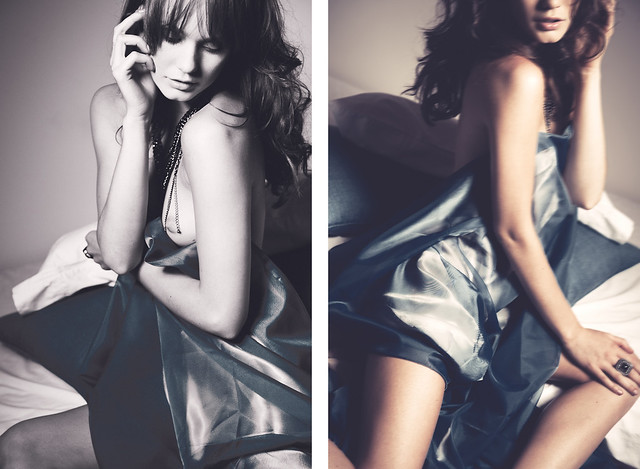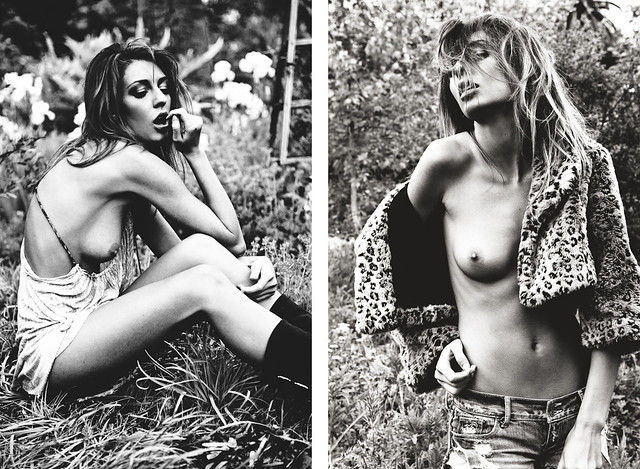Assuming that you're shooting color RAWs. Which you should. You should never shoot B&W JPGs. Or even JPGs unless you are Ken Rockwell, then you get to do whatever the hell you want because the laws of physics don't apply to you :)
So back to when you shouldn't convert to B&W.
Simple. Don't convert to B&W when your original image looks better in color.

Here's an example. When I shot this, it looked horrible on the back of my camera because I display in monochrome. I should have displayed this set in color because the blue sheets were indistinguishable from the skin tones when converted to B&W. Don't believe me? Try it. Right click>Save as>Open with PS>Image>Adjustments>B&W. You'll see that the bedsheet becomes impossible to tell apart from the skin tones.
So the rule of thumb is this. When your subject's luminosity blends with the foreground/background luminosity, it's a bad idea to convert to B&W.

Here's a good time to go B&W. When the subject stands out from the background in terms of luminosity. Because in B&W that's all you've got is luminosity. No color channels. Just shades of grey. This is also the prime example of why you shoot in color RAW. Those trees/grass/greens in the background? Well I can make them any shade of grey I want. Anything from bright white to pitch black. Now I've got luminosity control on the channel level because Jordan's standing in a garden.
Another good rule of thumb: Does it look good as a thumbnail? If it looks good as a tiny 60x60 thumbnail, then it's a good image. Okay maybe 60x60 is a bit small but you get the idea. The viewer should never have to enlarge it and analyze your image to figure out if it's a good image or not. Too much work. More than the 1-2 seconds people spend looking at images.
Keep the B&W's coming, but keep these tips in mind!

LMAO on Ken Rockwell comment
ReplyDelete-Sehmuz
Agree with everything you said. I often take it from the opposite (or perhaps just different) angle. Most of my work is color, and the way I determine when to go to B&W is asking myself if the color is a distraction. And I agree with the thumbnail tip, I often shrink a photo down to thumbnail size to appraise the composition and overall impact. I'm going to try the shooting in B&W trick next time I shoot.
ReplyDelete